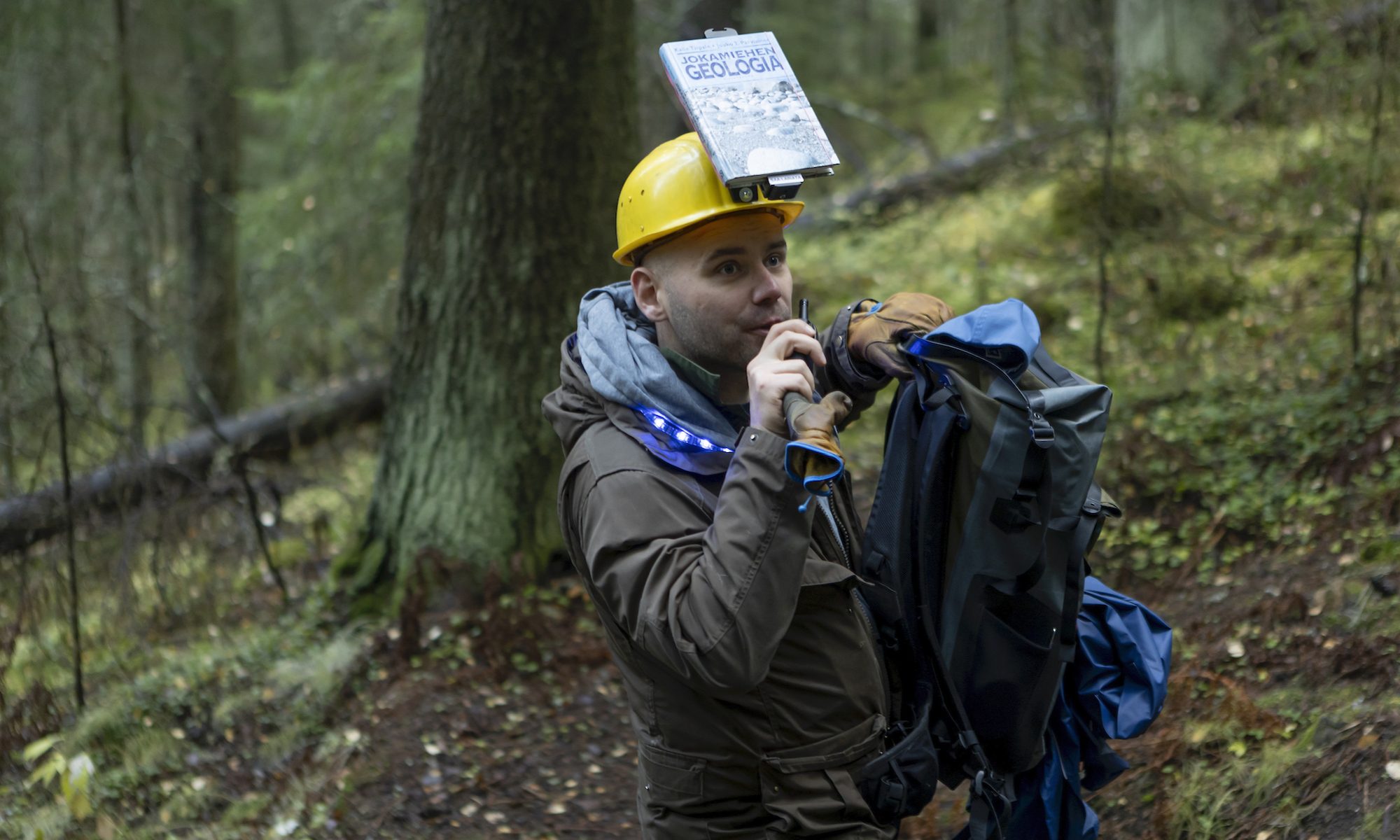Suomalaisen kodin likaiset paikat : hygienia ja modernin asunnon muotoutuminen [The dirty spaces of Finnish homes: Hygiene and the formulation of the modern living habitat] (1998) Kirsi Saarikangas. A thorough analysis of how the current design aesthetics of Finnish homes have been formulated. Saarikangas argues that discussions on “domestic hygiene” (the spatial sergrigation of genders, placement of visitors and the emergence of the kitchen as an all white laboratory with tiled, easy to clean surfaces etc.) paved way for the broder acceptance of “racial hygiene” in Finland. In her view this is evident in architectural Functionalism, which she identifies as a (borderline) post-traumatic stress reaction to rot and decay, which people had witnesses during the wars. More on the PTSD-architecture-approach in Chatting with Architect and Neuroscientist Ann Sussman about Buildings, Streets, and Cities (2020) Kunstler.
Saarikangas builds a case that architecture and interior design serve as “tools for organizing domestic life”. The ways that spaces get divided, regulate how habitats meet, what they are allowed to see and what kinds of assemblies they can form. Citing Foucault on biopower she argues that modern architecture is about organizing and controlling bodies and to enforce “healthy” life-styles. An interesting detail is that natural light became linked with hygiene: Light baths were recommended as a remedy (“Where the sun does not shine, the doctor will come”) and it made dirt visible. Citing Julia Kristevas notes of dirt, she broadens this approach to city-planning, which is largely concerned with enforcing distances between citizens and things which are deemed unhygienic (such as animals).
Miten Saanasta tuli pyhä? Erilaisten rinnakkaisten Saana diskurssien tarkastelua [How did Saana become a sacred mountain? An analysis of parallel discourses connected with Saana.] (2019) Taarna Valtonen. A revealing analysis of discussions which emerged after a Finnish, nationalistically geared artwork was presented at the Saana mountain, which is located in the Sápmi. Valtonen argues that an emerging “transnational indigenous folk discourse” is spearheading idealistic views which link ecologically mindful practices and the appreciation of the sacredness of nature to indigenous worldviews. She argues that on occasion these generalized standpoints lead opinion forming processes more then the actions and arguments of people who inhabit particular sites and engage in particular practices.
I’ve been setting up my studio in the civil defense shelter. Currently attempting to build a telephone line between the shelter and our flat. Use old phones as an intercom article on ePanorama (Tomi Engdahl, undated 1996?) offers good hints and schematics. Sound works great using a 9v power supply and a 220Ω resistor (~25mA flows) but I haven’t gotten the ringers on the phones to work. I attached a piezo buzzer to the 3 & 5 terminals of the first unit (I’m working with Ericsson Dialog phones from the 70ties) which the schematics (found inside the phone case) designate as “Additional Ringer” inserts and an other piezo to 2 & 5 terminals of the second unit. This works well for one end but the piezo sound on the other end is very low. Really frustrating work.
Making room for future work with mini-FM transmitter stuff (Tetsuo Kogawa). Online vendors from China offer really cheep mini-FM transmitters and I’ve ordered a few to test the concept. Interestingly there are many units which offer I2C support (or serial command) which hints opportunities for developing Norns or other monome-world programmable FM receiver/transmitter modules. I should document the process so far and add inspirational entries to Modulargrid. Building a transmitter and a receiver on the same board seems very challenging. I think the variable capacitors which set the transmission/receiving FM channel affect each other.

